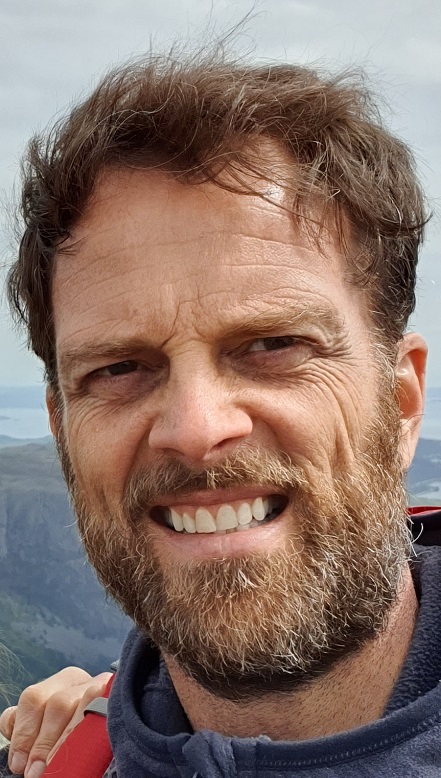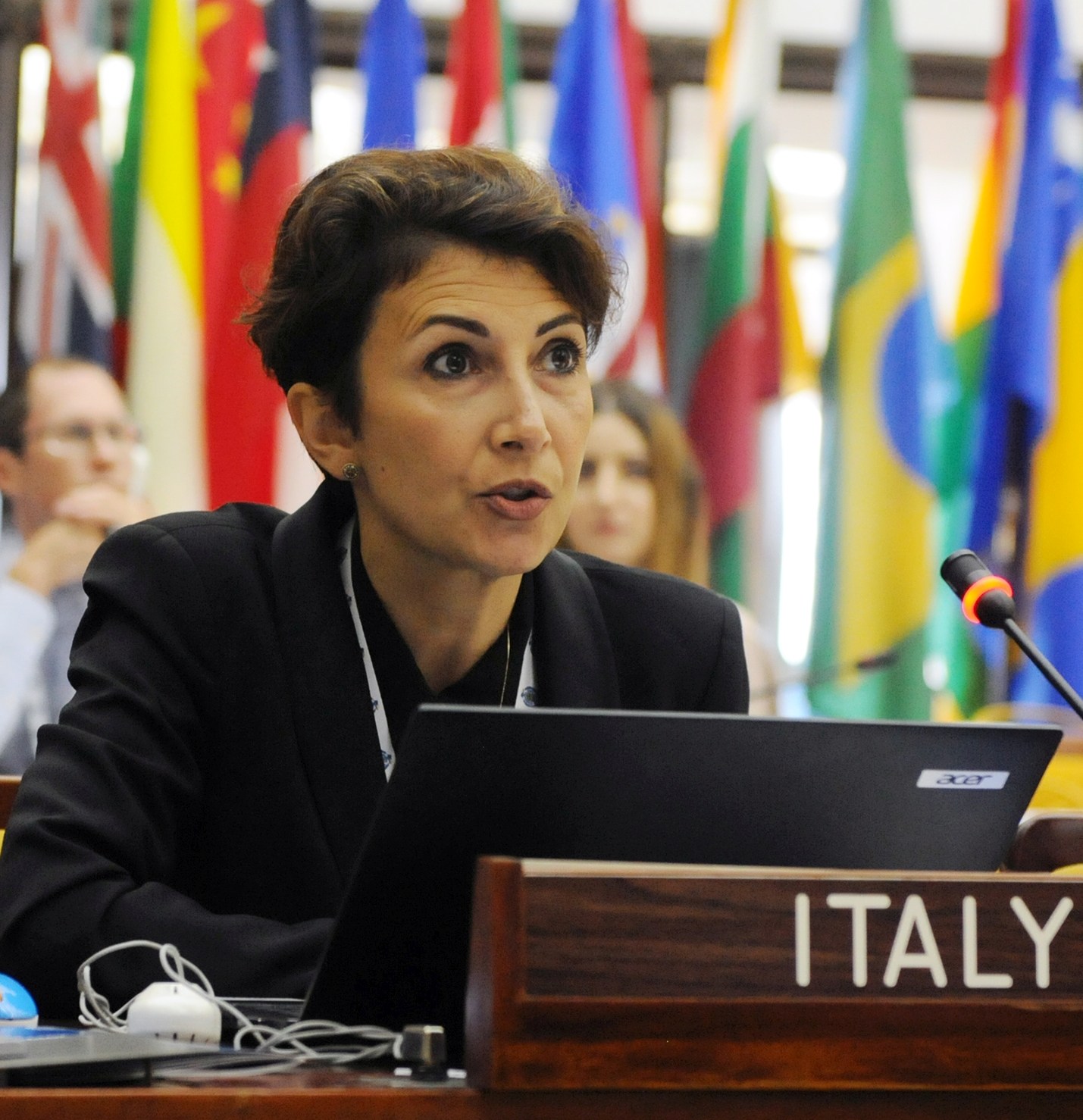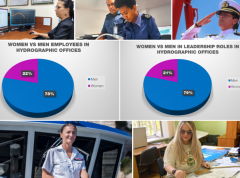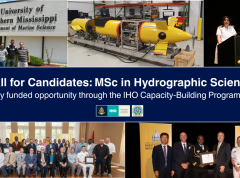New chair & vice chair of GEBCO Guiding Committee
Published: 22/01/2021 - 11:32Members of the GEBCO Guiding Committee met online 18-20 January to discuss the project’s direction for the coming year, including upcoming initiatives, resource allocation etc. During the meeting, members elected Mr Evert Flier from Norway as the new chair of the Guiding Committee, and Dr Marzia Rovere from Italy as vice chair for 2021 – 2024.

Capacity Building, MSDI, Crowd Sourced
Bathymetry, GEBCO and WEND
Evert Flier, IHO appointee from Norway, started his career as an officer in the Royal Netherlands Navy in 1989. During his 21 years of service, he spent 11 years at sea on different navy vessels in all operational roles from watch keeper to commanding officer, sailing on all oceans. With a great passion for the sea, he also sailed on sail training vessels, obtaining a master mariner certificate for sailing ships up to 3000 tons. Ready for a new challenge but with pain in his heart, he left the Netherlands Navy and the Netherlands and became national hydrographer of Norway. Evert started the transition of Norwegian Hydrographic Service (one of four divisions within the Norwegian Mapping Authority) from classical nautical chart factory to a marine geo data agency in support of the Blue Economy. He worked close together with leadership, researchers and other personnel from Norwegian Marine Research Institute, Geological Survey, Polar institute, Institute for Water Research, Environment Agency, Coastal Administration, Navy, Coastguard, local and national government, industry and universities. He strengthened Norway’s role in the International Hydrographic Community by actively participating and contributing to all strategic IHO arenas such as Capacity Building, MSDI, Crowd Sourced Bathymetry, GEBCO and WEND. He believes in and enjoys international cooperation, respecting different viewpoints, working across sectors and trying to bridge cultures. After one six-year term as director, he became the international coordinator for the Norwegian Hydrographic Service. He lives with his family in Stavanger, in the Southwest of Norway and enjoys kayaking, swimming, sailing and the outdoors in general. He also believes it is unhealthy to be away from salt water for too long.
Dr Marzia Rovere, IOC appointee from Italy, was elected Vice-Chair. She has a PhD in Earth Sciences and is researcher in

GEBCO Guiding Committee since 2014 and participated
in the establishment team of the GEBCO-NF Seabed 2030 initiative.
marine geology at the Institute of Marine Sciences (ISMAR) of the National Research Council of Italy since 2009. Her scientific research deals with a variety of different topics related to seafloor and sub-seafloor mapping, including among others submarines landslides and their potential to trigger tsunamis, sediment transport in coastal areas, fluid flow along faults and the threat they pose to offshore installations. Her interests focus also on marine georesources, including aggregates on continental shelves, cold seep and hydrothermal habitats as unconventional sources of non-energy raw materials in the deep-sea through innovative recovery processes. Marzia participates in several EU projects, including EMODnet Bathymetry where she coordinates the Central Mediterranean contribution, and is leading different national projects sponsored by public stakeholders. She has been a member of the joint IOC-IHO GEBCO Guiding Committee since 2014 and participated in the establishment team of the GEBCO-NF Seabed 2030 initiative. She is also Foreign Affairs adviser for questions regarding Maritime Safety and Security and the Law of the Sea. She is the Italian alternate head of delegation for the International Seabed Authority and served in the Legal and Technical Commission in 2015-2016. Marzia sailed in dozens of oceanographic cruises in the Mediterranean and Atlantic Ocean, however, lately, due to the decommissioning of the Italian research fleet she misses being at sea.
The GEBCO project was created in 1903 when Prince Albert I of Monaco offered to organize and finance the production of a new chart series designated: “The General Bathymetric Chart of the Oceans”. Responsibility for the continued maintenance of the chart series was transferred from the Oceanographic Museum of Monaco to the International Hydrographic Bureau, now known as the IHO, in 1929. In 1973, the IHO invited the Intergovernmental Oceanographic Commission (IOC) of UNESCO to participate, and GEBCO is now a joint project between the two organizations. Its goal is to develop and improve the map of the seabed and act as the designated international authority for undersea feature names. It also aims to advance the development and application of sea floor mapping technology. It identifies oceanic areas where data is insufficient or non-existent and works with organizations for these areas to be surveyed. It also promotes education and training in ocean mapping through high level courses in Ocean Bathymetry. The project is open to all those interested in mapping the ocean floor and relies largely on the voluntary efforts of an international collaborating community of scientists and hydrographers with the support of the IHO and the IOC. It is led by the GEBCO Guiding Committee, which consists of five Members appointed by the IHO, and five Members appointed by the IOC as well as the Chairs of the subordinate Sub-Committees and the Director of the IHO Data Centre for Digital Bathymetry (DCDB).





Share this page: